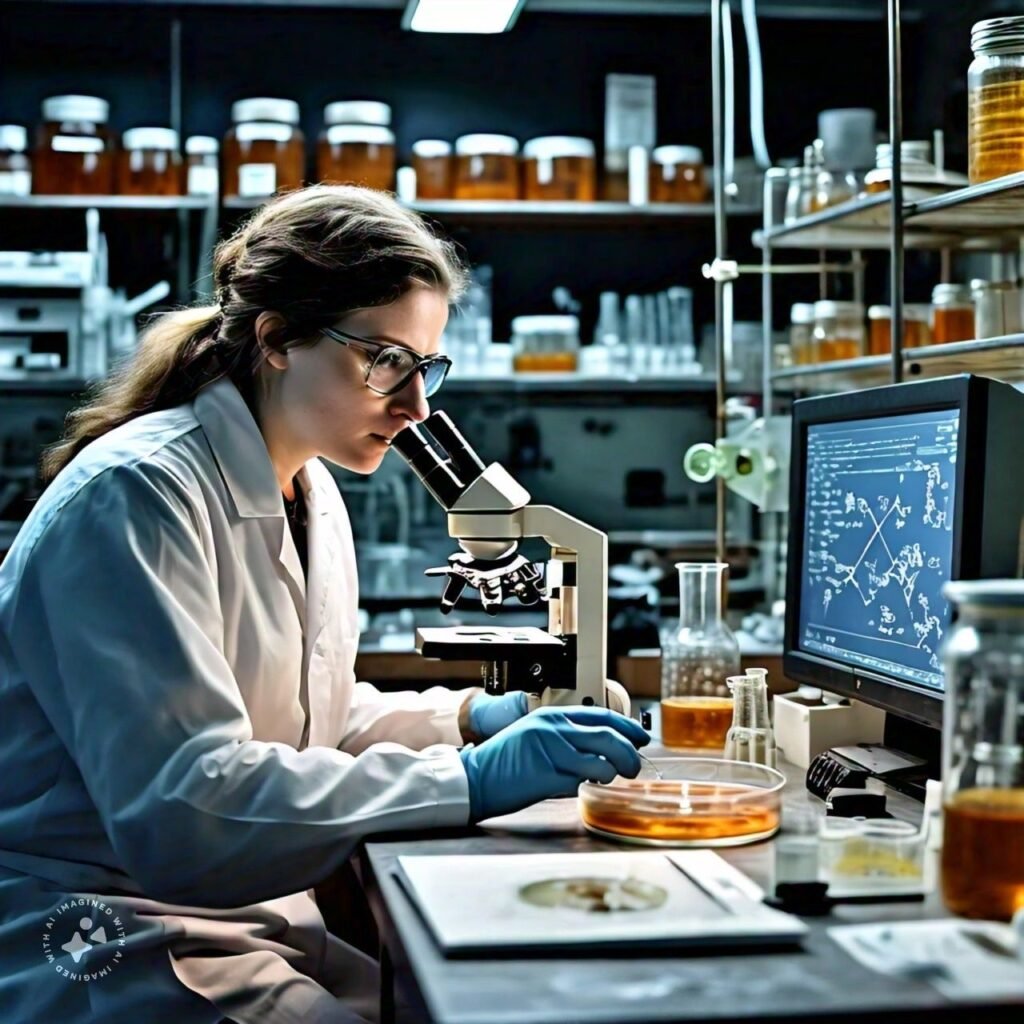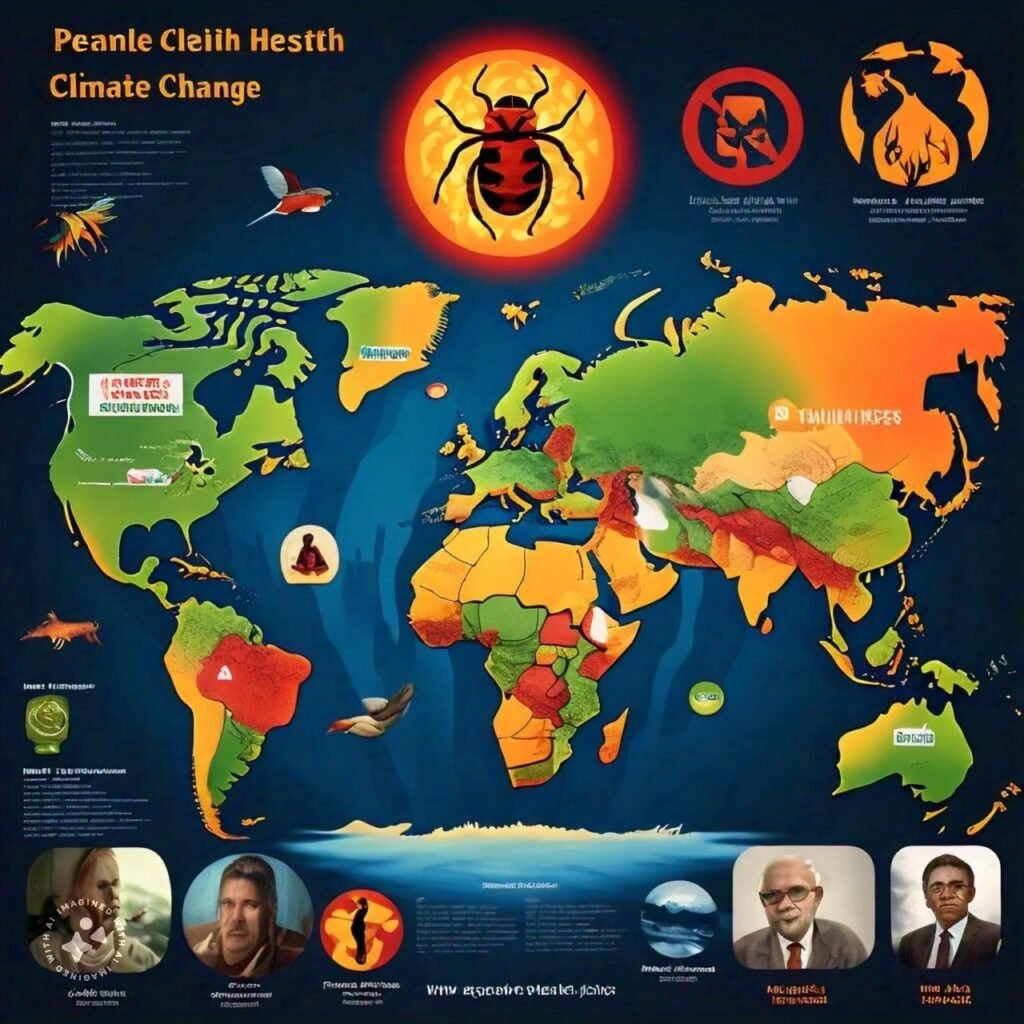For maintaining our overall health and wellness, choice of food and food hygiene is very important. Like
Nutrition : Eating a balanced and nutrition full diet on a daily basis that gives your body essential minerals, vitamins and nutrients. By eating healthy and nutrition, a full diet boosts your body energy, sports mental wellness and helps to maintain physical fitness.
The key products included in a balanced diet are whole foods like fruits, vegetables, whole grains, lean protein, fat free dairy and many more.

List of nutrition that help to boost our immunity
- Carbohydrates, proteins and fats are the main classes of macronutrients in the body.
- Minerals and vitamins are the main components of micronutrients in the body.
- Meal preparation and meal planning are also the main components of nutrition.
- Vegetarian food, vegan food and gluten free food play a major role in body health.
- At different life stages like pregnancy, childhood and aging, proper choice of food is very important.
- Nutrition also shows great effects on sportsman health and performance.
- Proper diet plan is very important for weight management and obesity control in an individual.
- Individual mental health and wellness also depends on nutrition.
What is food safety? How food is stored and what conditions are used?
The food or the whole product that is consumed by humans are safely produced, processed, stored and distributed under specific conditions and measures are considered as food safety (FAO 2014).
Food Hygiene:
Food Safety and hygiene techniques are very helpful to prevent body from foodborne illnesses. For that purpose, preparation of food and handling of food products are very important. The main practices in food safety include washing hands properly, storing food at proper temperature and cooking food properly. To keep our surface clean and contamination free, it is very important that our kitchen and kitchen utensils are cleaned and free from germs.
By adopting these food hygiene practices, an individual can reduce the risk of food borne illnesses, chronic diseases and enjoy a healthier and better quality of life.
By following a number of food hygiene guidelines and techniques, you can avoid severe illness and health problems. To maintain a healthy and active lifestyle, food security plays an essential role.
What are foodborne diseases?
Foodborne diseases or also called food poisoning, a common public health issue. The contaminated food and beverages are the main cause of these diseases. Foodborne diseases are usually caused by the food that is contaminated and contain toxic substances like chemicals and bacteria. Different diseases are caused by many pathogens and microbes that are present in food products.
Stomach flu that is normally caused by a virus called Norovirus, that is particularly transferred by the contaminated food. Changes in climate like rising temperature, rainfall and humidity in air are the main causes of spreading. Seafoods are also contaminated by rising in the ocean temperature that provides an ideal environment for the survival and growth of many pathogenic bacteria and organisms.
According to surveys, the United States is considered the supplier of the safest food products around the world.
Effects of climate change on food safety in several ways:
- Food borne illness: The risk of foodborne illnesses are increased by the changing in the environment at which warmer temperatures and changes in the weather patterns allowed many bacteria, viruses and other pathogens to grow and spread widely across the continent. Due to this many bacteria like E. coli, salmonella and Campylobacter are the main causes of food poisoning in humans.
- Water scarcity: The warmer temperatures in the air due to high precipitation patterns and increased evaporation caused the water scarcity, impacting agricultural production, food safety and food security. Due to these changes, the results are lowering the water quality, reduced the production of yield and increased risk of contamination in one human to another.
- Food Spoilage: Extreme weather conditions and rising temperatures are the major causes of food spoilage, reduction in shelf life and increasing waste of food. This can have significant environmental and economic impacts, particularly for perishable foods like meat and dairy. Mycotoxins and phycotoxins are two classes of chemicals that are very harmful for human health and body. Mycotoxins are the chemicals that are produced by molds due to rising in temperature and droughts conditions. And other one phycotoxins that are produced by harmful marine and freshwater algae are also very toxin chemicals. These toxins shows harmful effects on the health of humans and cause many acute and chronic illnesses.
- Contaminated Soil and Water: Soil and water are also contaminated by the changing in the climate. Flooding, erosion and salt water intrusions are the main causes. This can be the results of increasing bacteria, harmful viruses, chemicals and other toxins in food that are harmful for human.
- Supply Chain Disruptions: Events that are related to climate like droughts, hurricanes and wildfires have the adverse effects on climate stability by reducing the food safety and increasing the price and shortages of food.
- Increased Pesticides Use: Due to changes in temperature and precipitation patterns that lead to increased in pests and diseases that promptings farmers to use more pesticides. The residues of these pesticides are very harmful for humans and environment that are present in food and air.
- Nutritional Content: The nutritional content of food particularly micronutrients like zinc, iron and vitamin A are adversely affected by the climate change. That shows the significant effects on human health where nutrient-dense foods is already limited.
- Food Security: Climate change at global scale it must exacerbate existing food security, particularly for population. Due to these adverse effects social and economic stability, wasting of food,stunting and malnutrition are also increased.

In general, climate change shows adverse effects on environment by increasing the environmental contaminants such as pesticides, ditoxins, organic pollutants, polychlorinated biphenyls, methymercury (is a type of mercury that have the ability to enter or absorbs into the human and animal body and destroy their nervous system) and heavy metals.